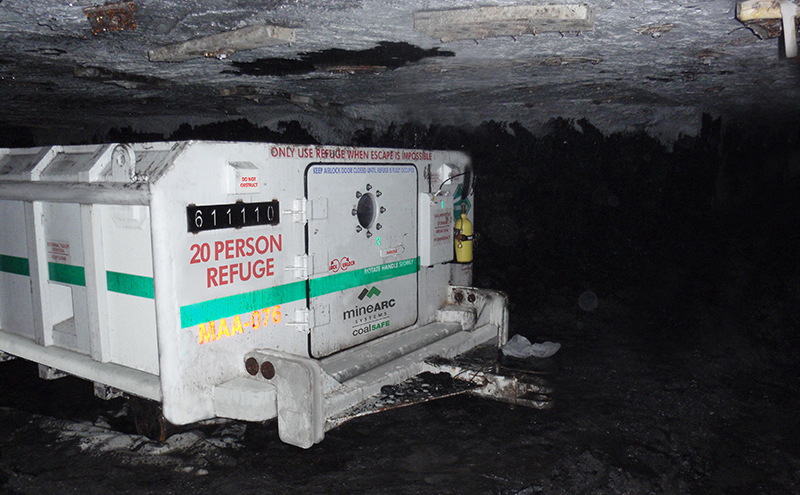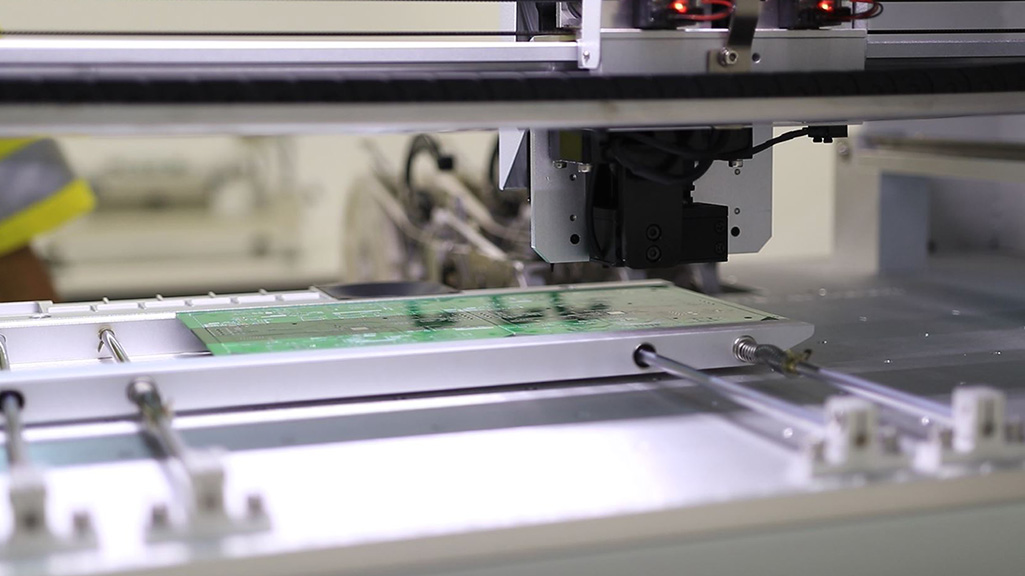MineARC recently travelled to Quang Ninh’s province to meet with key personnel at various mining companies, including Vietnam’s largest mining conglomerate, Vinacomin.
Our team was fortunate to be granted the opportunity to visit several sites and were invited underground at both the Mao Khe and Ha Lam Coal Mines, gaining invaluable insights into the Vietnamese mining industry’s operations and requirements.
These large-scale mines see up to 1200 personnel working underground during each eight-hour shift, often in intense, hazardous conditions. Attitudes towards health and safety within these sites are shifting, emphasising creating better working environments for miners.
Coal Mine Refuge Chamber for Vietnam
The MineARC CoalSAFE was exceptionally well received during the visit, with many sites indicating strong interest. Developed specifically for underground coal mining conditions and blast-resistant up to 15 psi overpressure, the CoalSAFE can withstand primary and secondary explosions, extreme temperatures and flash fires.
Innovative in design, it is currently the only refuge range on the market to incorporate both a powerless carbon dioxide/carbon monoxide scrubber and an intrinsically safe air conditioning system (refrigerant R744).
Additional features of the CoalSAFE include; a flushing airlock, blast-resistant viewing portals, internal and external gas monitoring, and communication ports. Options available to allow for up to 100 hrs safe refuge.

Portable Underground Toilet for Coal Mining
The EnviroLAV Toilet System, an award-winning underground waste management unit, also proved to be a popular product during the visit. With many mines across Vietnam suffering the impact of poor ventilation and waste disposal, the EnviroLAV’s innovative design generated a lot of interest.
The system utilises aerobic and anaerobic reactions to break down matter. Within the EnviroLAV’s sterile, biological treatment tank, micro-aeration filters continually work to break down effluent, aided by MineARC’s unique EnviroZYME solution. As a result, the EnviroLAV requires emptying just once every 12 months.
This organic waste management process results in decreased environmental impact, lower maintenance requirements, and a more sanitary working environment.






